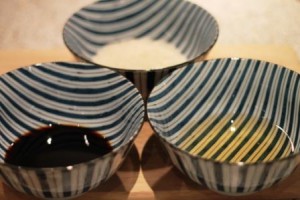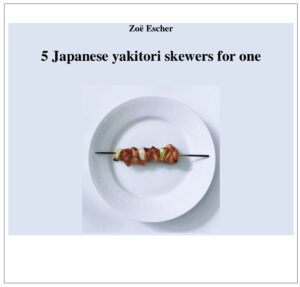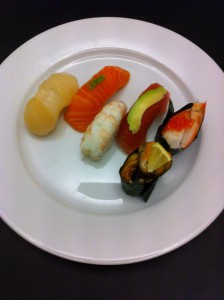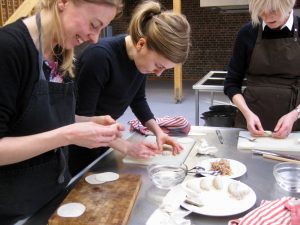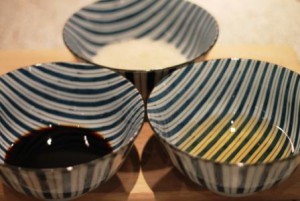
In Japan, there are 8 different kinds of noodles, which are used in different dishes. Some noodles are eaten all year round, while others are eaten at specific times of the year.
Some Japanese noodles are healthier than others.
The healthiest noodles are soba noodles which are made from buckwheat. Soba noodles are part of classic Japanese dishes in several different ways.
In Japan, soba is most often eaten in the summer as a cold noodle dish. Soba noodles are also served in hot stews.
Soba noodles are made in different ways. Some soba noodles are made from 100% buckwheat, while others also contain a bit of wheat.
Soba noodles are healthier than traditional pasta. There are fewer calories, more fiber and protein.
In Europe, soba noodles can also be bought in many Thai / Chinese shops.
Read more about Traditional Japanese food course for beginners
_
Zoë has lectured and held sushi courses for A. P. Moller – Maersk, Hugo Boss Nordic, Novo Nordisk, Novartis, Velux, Gorrissen Federspiel, Beierholm revision, Elbek & Vejrup and many more.


